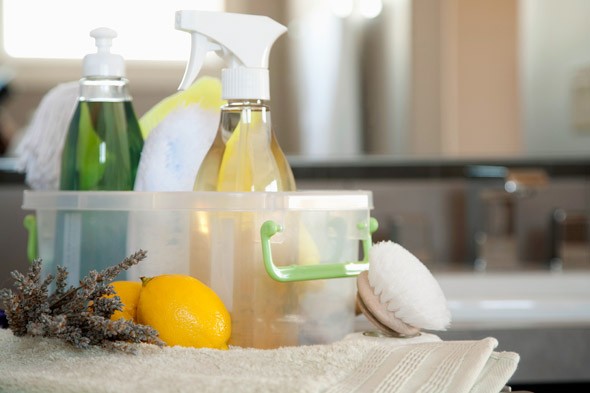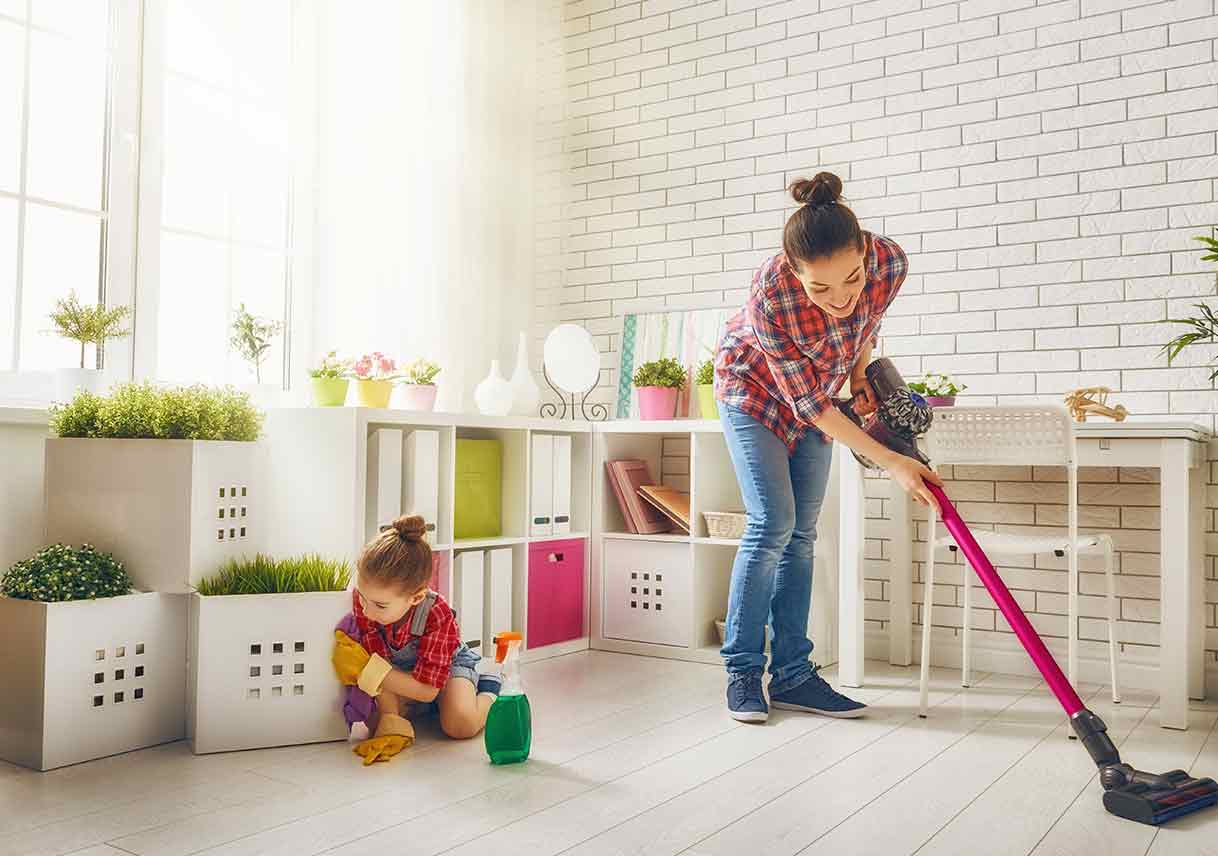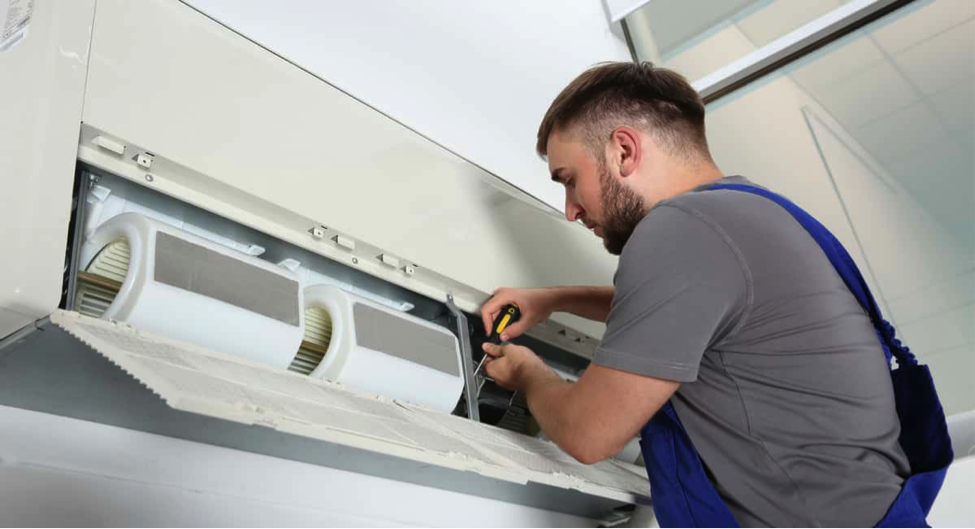Knowing Why Pool Water Gets Dirty

Keeping a home swimming pool clean usually focuses on the physical aspects of the tasks such as filtration and vacuuming, and the water quality aspects such as pH balance, salt or chlorine content. However, knowing how to reduce the amount of dirt and contaminants that get into pool water in the first place helps to reduce the amount of time that is spent in keeping a pool clean.
 Photos Via Houzz
Photos Via Houzz
The environment in which a pool is situated has a big impact on how quickly it might get dirty. A pool that has a solid fence and paving all around it will obviously stay cleaner than one that has an open fence and garden beds that are not mulched or planted with ground covers.
The style of pool and type of filtration and chlorinator systems doesn’t make much difference to how quickly the pool water might get dirty. That’s more to do with the source of the contaminants, which will originate either from:
- Wind blown dirt and debris
- Leaves and grass clippings
- Swimmers and pool accessories
Let’s have a closer look at each of these sources of contaminants and discuss how pool owners can minimize the extent to which they contribute to making the pool water dirty.
Wind Blown Dirt and Debris
In some environments such as dry desert conditions, dust is the primary source of pool contaminants. Even constructing solid fences around a pool doesn’t prevent the ingress of dust into pool water, because dust becomes suspended in the air and will enter the water in the slightest breeze. In very windy environments, a solid fence may help a little to prevent dust and dirt blowing in, but the only sure way to keep dust out of a pool in dry climates is to use a pool cover in between swimming sessions. Even then it is important to have two people remove the pool cover when the swimming pool is to be used to ensure that it can be taken off the surface of the water without the pool water washing over the top of the cover. That would only wash the dust on the top of the cover back into the pool, defeating the purpose of having a pool cover.
In other types of climates, dust can still be a problem if the pool is located in a garden where there are exposed garden beds. When the weather is dry, particles from the soil on the surface of the garden beds can be easily picked by the wind and deposited in the pool water. The way to prevent that is to ensure that all garden beds are either planted with ground covers that trap windblown dust, or are covered in a mulching material such as pine bark chips or dried fall leaves to keep the soil moist and prevent the dust being blown from the garden bed.
Mulching also creates a healthier environment for the microorganisms in the soil, so this has the added benefit of producing denser root systems, which help to stabilize the soil. This in turn produces more leaf growth above ground, which helps to trap the dust in the air.

Leaves and Grass Clippings
In warmer climates there are often more trees or shrubbery around the pool, and in tropical climates trees are often planted close to the pool to provide shade. Whilst these have the effect to helping to stop dirt and dust blowing into the pool, when leaves fall into the pool they despite a lot of dirt into the water. That’s because leaves are very efficient dust collectors, but of course once they are in the pool water, the dust will be washed off and deposited into the water. In some warmer climates, pool owners string covers made from shadecloth or mesh above the pool to provide additional shade and catch the leaves that fall from the trees. This can be quite an effective way of preventing leaves falling into the pool, but can be very labor-intensive removing the leaves from the cover. If too many leaves are allowed to build up on the cover, the weight of the leaves when they get wet may cause the cover to collapse. In any event, the leaves should be removed before rain, otherwise the rain will wash the dirt from the leaves through the cover into the pool.
Palm trees are often used around pools in preference to trees with small leaves because the large fronds of palm trees can often be removed prior to them falling into the water. Palm trees also make more suitable anchoring points for shadecloth covers in warmer climates. Grass clippings can also be very dusty, so efforts should be made to avoid these being blown into the pool. If there are lawn areas around the pool that have to be mown, the grass clippings should be raked up as soon as possible after mowing.
This is especially important if chemical fertilizers are used on the lawn. It is much better to use only organic fertilizers around a pool. Organically grown lawns are not only safer for family health, but beneficial to the environment as well. Even if the lawn is thoroughly raked, there will still be some clippings that will stick to swimmers’ feet if they are walking to the pool on the grass. In these situations it is advisable to provide a footbath next to the pool steps where the clippings can be washed off the feet prior to entering the water.
Swimmers and Pool Accessories
Other sources of pool contaminants are the swimmers themselves and other items that are used in the pool. These include playthings such as inflatable boats and floaters, and items of equipment such as vacuums that are used to keep the pool clean. Perspiration and sunblock are the most common contaminants that the human body introduces to the water, and whilst they don’t make the water as ‘dirty’ as dust and windblown debris, they can have a significant impact on the chemical balance of the water. Body fats, skin cells and bacteria are also released into the water in small quantities by swimmers, and the more swimmers there are, the bigger impact these contaminants will have on the water. Installing an outdoor shower near the pool is a good investment. By encouraging swimmers to use it before they enter the water, the contaminants introduced by the pool users will be significantly reduced. At the very least, a tap and a footbath should be available to wash the feet before swimming.
And families with young children need to educate their kids that whilst it might seem like fun to urinate in the pool, that makes the water dirty as well. Usually reminding children that it’s not nice to get water that has ‘pee-pee’ in it in the eyes, ears or mouth is enough to discourage them from doing it. Before putting any sort of playthings into a pool, they should be hosed off — especially if they’ve been sitting outside for a while since they were last used. This will ensure that they aren’t also depositing dust in the water. And equipment that is used in the cleaning of the pool such a leaf rakes, vacuums, and the plastic hoses of automatic pool cleaners should be thoroughly washed to remove surface dirt.

Other Pool Contaminants
There are some things that even the most fastidious pool owner will not be able to control and which will contribute to making the water dirty. Bird droppings, for example, may fall from the sky, and there’s not much that can be done to prevent those from contaminating the water unless the pool is built under a glass or plastic awning. Rainwater can also collect dirt from the air on the way down from the clouds to the ground, and is a common source of pool water contamination, especially in urban and industrial areas. Often the pH balance of pool water needs to be adjusted after heavy rain as well. And depending on whether the patio area around the pool has been correctly leveled to have a slight slope away from the edge of the pool, rainwater might also wash dirt from the pool surrounds into the pool.
Mains tap water that is used to top up a pool after there has been a loss of water from evaporation or backwashing can also be dirty in some places. At the very least, the pH balance needs to be checked after topping up because often tap water will have a different measure of acidity or alkalinity to the pool water. Total alkalinity and calcium hardness may also be impacted when a substantial quantity of new water is added to the pool, however ‘clean’ that water may appear to be.
Whilst none of the factors discussed here will make a big difference in themselves to the overall cleanliness of the pool that can be achieved through proper filtration and sanitization of the water, awareness of all of the reasons as to what causes pool water to become dirty can go a long way to reducing the efforts that have to be made to keep the water clean. There is a common saying that ‘prevention is better than cure’. That applies as much to the hygiene of pool water as it does to the health of the people using it.







Leave a Comment